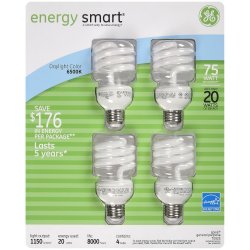HazMatt
Fish Fanatic
- Joined
- Sep 8, 2017
- Messages
- 74
- Reaction score
- 9
Hi folks,
I have been out of the hobby for about a decade. I now know a bit more now than I did back then. I never tested pH, Gh, or KH in the past. I did test for ammonia, nitrite and nitrate in my previous round is of fish keeping though. I guess I just got lucky with the fish I chose to keep back then.
This time around, I'm going to try to be more conscientious of my water quality. I contacted my local water company trying to get some idea of the water conditions and this is the best information they could provide...
pH average is 7.12
combined finished water hardness average is 163 mg/l
I will buy a full test kit before I set up my tank but, if this is enough info to help me decide on possible species, it can help me narrow the list of possibilities.
I've read that the pH will be different after the chlorine has been neutralized. Does it normally raise or lower? I have also read that driftwood can lower the pH. Is it a significant drop?
There are also products for sale that promise to reduce the amount of time needed to cycle an aquarium, particularly gravel and bottles of beneficial bacteria. Do they actually work? I might also be able to get my hands on some filter media from a cycled tank.
I only have a 29g tank currently, the ex-wife got the others. But, knowing myself, I may have 3 or 4 tanks by the end of the year.
Thanks for your time,
Matthew
I have been out of the hobby for about a decade. I now know a bit more now than I did back then. I never tested pH, Gh, or KH in the past. I did test for ammonia, nitrite and nitrate in my previous round is of fish keeping though. I guess I just got lucky with the fish I chose to keep back then.
This time around, I'm going to try to be more conscientious of my water quality. I contacted my local water company trying to get some idea of the water conditions and this is the best information they could provide...
pH average is 7.12
combined finished water hardness average is 163 mg/l
I will buy a full test kit before I set up my tank but, if this is enough info to help me decide on possible species, it can help me narrow the list of possibilities.
I've read that the pH will be different after the chlorine has been neutralized. Does it normally raise or lower? I have also read that driftwood can lower the pH. Is it a significant drop?
There are also products for sale that promise to reduce the amount of time needed to cycle an aquarium, particularly gravel and bottles of beneficial bacteria. Do they actually work? I might also be able to get my hands on some filter media from a cycled tank.
I only have a 29g tank currently, the ex-wife got the others. But, knowing myself, I may have 3 or 4 tanks by the end of the year.
Thanks for your time,
Matthew





